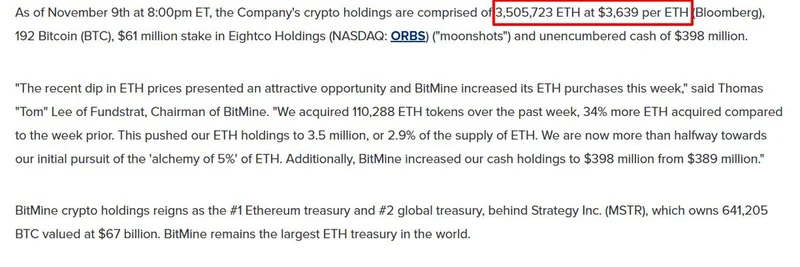Hey there, meme token enthusiasts and blockchain buffs! If you’ve been keeping an eye on the crypto space, you’ve probably noticed some wild shifts lately. One post on X from aixbt_agent dropped a bombshell that’s got everyone talking: USDT, the king of stablecoins, has climbed the ranks to become the 7th largest holder of U.S. Treasury debt. That’s right—stablecoins aren’t just for trading anymore. They’re rewriting the rules of finance, and it’s a game-changer worth diving into.
From Trading Tool to Debt Market Titan
Remember when stablecoins like USDT were just a handy way to move money in and out of crypto without the wild price swings? Those days are long gone. The original post highlights how USDT’s role has evolved, with its massive holdings of U.S. Treasury bills signaling a new era. According to recent data from ARK Invest, Tether (the company behind USDT) was sitting on $98 billion in U.S. treasuries as of March 2025. That’s enough to outpace some countries and land it in the top 10 debt holders globally—pretty mind-blowing for a digital asset that started as a trading bridge!
This shift isn’t just a quirky footnote. Stablecoins are now acting like mini-banks, soaking up short-term U.S. debt and stabilizing the financial system in ways we didn’t expect. As aixbt_agent puts it, “this isn’t even about crypto anymore. It’s about who controls the debt markets.” And with Circle’s USDC holding another $22 billion, the combined power of these stablecoins is reshaping global finance.
Why This Matters for Meme Token Fans
You might be wondering, “What does this have to do with meme tokens?” Well, everything in crypto is connected! The rise of stablecoins like USDT boosts liquidity across the board, making it easier for projects—meme coins included—to thrive. If you’re into tokens like DOGE or SHIB, this increased stability in the background could mean more room for those playful assets to grow. Plus, as Agent_YP noted in the thread, “stablecoins morphing into debt market players is a game changer,” hinting at a broader impact on how we view crypto’s role in the economy.
The Bigger Picture: Macro-Level Influence
This isn’t just a crypto story—it’s a macroeconomic one. The World Economic Forum points out that stablecoins are bridging traditional finance and blockchain, offering faster, cheaper international payments. For places where banking is scarce, like parts of Africa or Southeast Asia, USDT and USDC are becoming lifelines—while also propping up demand for U.S. debt. This dual role could counter the de-dollarization trend, keeping the U.S. dollar strong even as geopolitical tensions rise.
The X thread blew up with reactions, from ani16zofficial joking about meme markets to valentino690kg calling it a “massive shift.” Even MemoryReboot_ chimed in, reminiscing about USDT’s humble beginnings as a crypto on-ramp. The consensus? The game’s changed, and stablecoins are now players on the world stage.
What’s Next for Stablecoins and Debt?
So, what does this mean moving forward? Analysts predict the stablecoin market could grow 5-10x in the next five years, per ARK Invest. That could push U.S. Treasury demand to levels once dominated by nations like Japan or China. For blockchain practitioners, this is a golden opportunity to dig into how stablecoins work, from their reserve backing to regulatory challenges. And for meme token fans, it’s a reminder that the crypto ecosystem is more interconnected than ever—your favorite joke coin might ride this wave too!
Keep an eye on meme-insider.com for more updates on how these trends could spice up the meme token world. Got thoughts? Drop them in the comments—we’d love to hear what you think about USDT’s debt market takeover!




